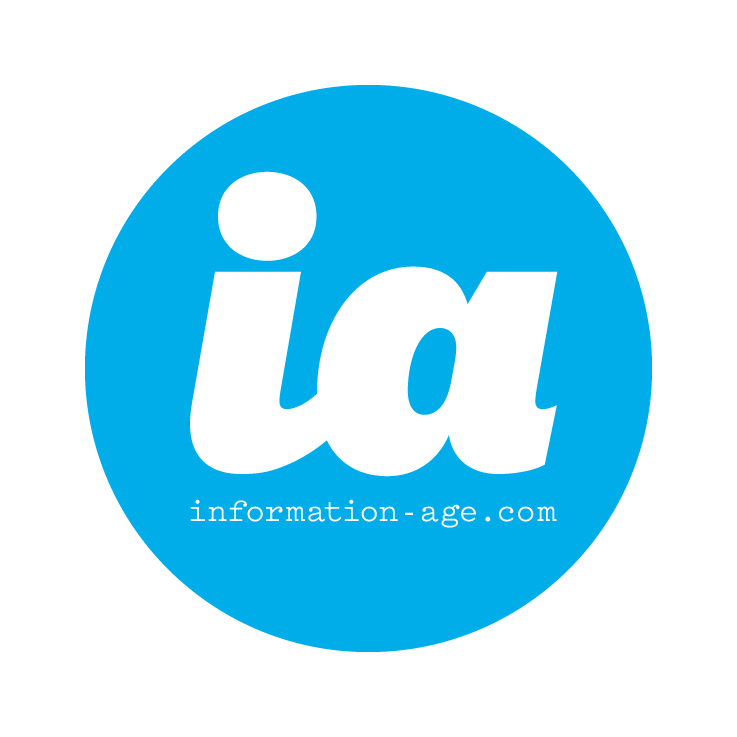As if Microsoft’s sheer dominance of the desktop software industry was not enough already, the software giant is now preparing for an assault into new sectors that will leave few areas of the software market untouched by its mighty hand.
In September 2002, it announced a series of new business applications for small to medium-sized businesses that will show off the capabilities of .Net, its web services technology, in the areas of customer relationship management (CRM), professional services automation (PSA), retail management, data exchange and portals.
According to Simon Edwards, the UK managing director of Microsoft Business Solutions, Microsoft believes there is an opportunity in mid-market organisations – typically generating between $5 million and $800 million in annual revenue – for broad packages, such as CRM, that will work closely with the Microsoft
|
||
products that they already have installed, such as Office XP and Project 2002.
“[Microsoft CRM] is totally integrated with Outlook,” says Edwards. “If you schedule a payment to a client, it appears in Outlook. There’s integration with Word’s ‘Smart Tags’ so that you can extract details from back-office applications. And the system uses Outlook’s contacts.” In turn, Microsoft PSA will integrate with Project and Microsoft Business Solutions Project Accounting.
Microsoft’s Business Solutions unit originated from its acquisition of mid-market enterprise applications vendor Great Plains in December 2000. But it was given a significant boost with the June 2002 acquisition of Navision, a Danish CRM and enterprise applications vendor, and US-headquartered Sales Management Systems (SMS), a retail point-of-sale software vendor. The Navision purchase will strengthen the unit’s distribution channels, particularly in continental Europe, says Edwards, and Microsoft has quickly begun to integrate its various acquisitions.
Microsoft’s planned retail solution, for example, draws heavily on the SMS acquisition. “We’ve created a complete integration of that product with the back office Great Plains suite, providing a solution to SME retail organisations for front and back office functions,” explains Edwards.
While Microsoft says it has no designs on the high-end of the CRM market – an area dominated by companies such as Siebel Systems – the strategy is familiar: First it takes over existing markets by attacking the dominant incumbents from the low-end, then uses low prices and integration with existing products to create a foothold in enterprises, and finally builds up its products so that they are ready for the high-end by about the third release.
Great Plains, for instance, had an agreement with CRM market leader Siebel to resell a cut-down version of its product. Microsoft inherited this agreement through its acquisition of Great Plains and the agreement is set to terminate in December 2002. However, the companies have already mutually decided not to renew the deal. Microsoft is planning to release its Microsoft Customer Relationship Management package almost simultaneously.
Despite the current CRM backlash, Microsoft stands a good chance of success with its product for the usual reasons – many users have reported dissatisfaction with their existing systems, and integration with popular packages such as Outlook and Project 2002 is a valuable selling point.
The market for its other applications is less assured. PSA and data exchange are by no means flourishing industries – PSA is overcrowded and has been subject to widespread consolidation, while many organisations prefer to build their own mechanisms to exchange data with partners. The retail management market, meanwhile, is packed with well-established software providers.
Microsoft will also have trouble differentiating its portal product from other vendors’. It will use web services – which enable application and business process integration over networks and the Internet – as its main selling point. But with portal vendors already adding web services interfaces to their products, Microsoft will have little to boast except .Net integration when it releases it in Summer 2003.
Edwards says that the applications are designed to showcase .Net, rather than the other way round. “We realised it was all very well having a platform, but to drive adoption of that platform we need applications. Whereas office applications are the proof point of desktop and client server operating systems, we need business solutions to drive adoption of a business application platform,” he says.
It may not succeed in capturing a large market share for its new business applications – at least not immediately – but it only has to create a groundswell of deployments of its .Net-enabled servers in smaller companies and then dominance of the nascent, but potentially enormous, web services market will almost inevitably follow.










